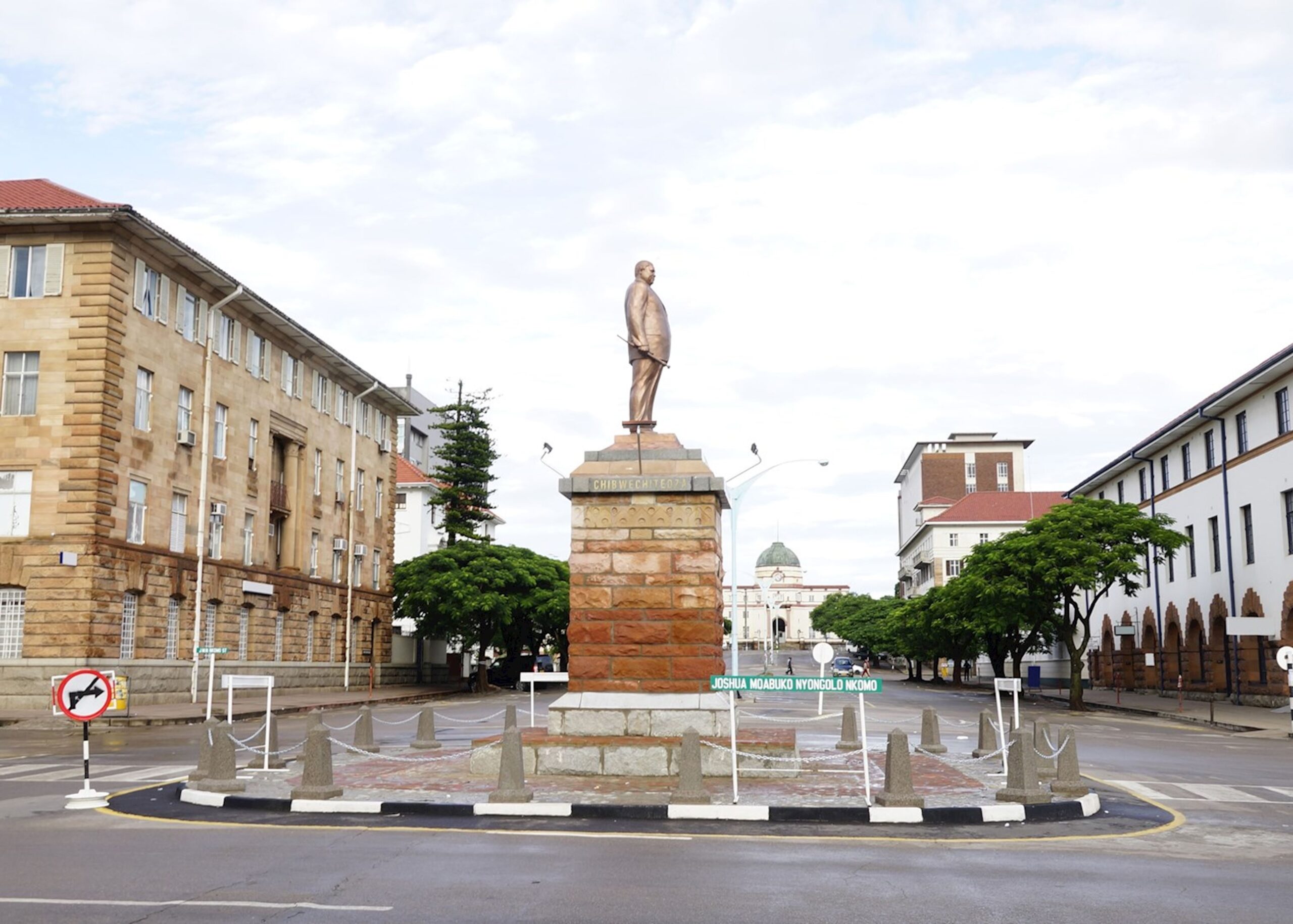Parcelling out of communal land results in overcrowding
The rate at which unplanned and illegal settlements are sprouting in Zimbabwe’s communal lands, more so in the areas around Harare is very sad.
This is a clear indication that communal land barons and fraudsters are on the prowl with the attendant increase in the general disorderliness in the affected areas that include Seke, Goromonzi, Juru, Mazoe, Chinamhora and Chihota.
Hallowed and sacred places in the affected areas are now being desecrated with impunity whilst grazing lands and arable lands are all being systematically demarcated into residential stands.
Some households no longer have arable land for both domestic and agricultural purposes with the threat of food insecurity being a real impending possibility.
These audacious, communal land barons and fraudsters have reduced households to small pieces of land around their homesteads that cannot sustain their livelihood.
All this is against the backdrop of Section 282 of our Constitution, which stipulates that traditional leaders have a responsibility to manage communal lands and to protect the environment.
There is also the Communal Lands Act meant to operationalise the provisions of the Constitution in Section 4, which vests powers in the President as the sole authority to permit occupation of land in accordance with the provisions of the Act.
However, it is apposite to trace the roots of regulated land use and occupation dating back to the period between 1940 and 1945 where the cluster type of village settlements (Nzanga) was abandoned and replaced by linear formations.
In other words, the homesteads were arranged in lines which were then known by the local people as (Kuma raini).
This arrangement then was that homesteads where reserved in such a manner that there was land for grazing purposes and for tillage purposes.
Such settlement models had clearly defined demarcations with linear residential areas, grazing and arable land, with service areas commonly known as Townships where such facilities as dip tanks, clinics, schools and churches were situated.
Such village settlements were further characterised by collective chores such as ploughing, weeding, harvesting and thrashing of rapoko by way of nhimbes.
Cattle herding was also done collectively through majana.
People then knew each other and loved one another. But now with land fraudsters on the prowl all that has become a thing of the past.
For, as one now drives through the villages in most communal lands, one would generally fail to see the demarcations between homesteads, arable and grazing land as most of such land has been illegally parcelled out with impurity by the marauding communal land barons to nondescript settlers.
Indeed, many land fraudsters and corrupt village heads are now at the forefront of the haphazard settlements giving rise to intermittent and sporadic land disputes mainly due to double allocations.
From the foregoing it can be argued that general laxity in monitoring properly designated settlement patterns and the flagrant violation of the Communal Lands Acts by some headman, councillors and some chiefs has indeed become of grave concern to the general populace with most villagers becoming helpless after strenuously resisting the rampant
and wanton parceling out of communal lands by some greedy and corrupt officials.
This rampant practice of parceling out communal land has resulted in over crowdedness in some communal areas with the attendant result of hot sitting in schools, something that was unheard of in many communal settlements.
This practice has also affected crop production and animal husbandry which has for years been the backbone of our rural economy.
It is also evident that despite the dual nature of the successive colonial government’s economic policies, the indigenous people of this country on their part, managed to play a vital role in food security and to maintain stable livelihoods.
It is however now evident that the unchecked emergence of communal land barons and fraudsters has gradually put the social fabric and livelihoods of communal societies at risk of disintegration.
As can be seen, both arable and grazing land is now a target of sale by the communal land barons and in complete violation of the laws of the land.
For, just a casual drive in the affected communal lands pains a clear picture of gloom and helplessness with everybody now saying (chiruzevha chapera).
Yet the truth of the matter is that many people in Zimbabwe maintain a tie of some sort with their rural communities, they or their grandparents came from, with some looking up to communal lands as being a convenient and ideal place for retirement.-The Herald









